Ultrasonic rhinoplasty, also called a piezo rhinoplasty, is a highly precise version of conventional nose reshaping surgery that avoids the use of a hammer and chisel when reshaping the nasal bones and cartilage.
What Is Ultrasonic (Piezo) Rhinoplasty?
By using an ultrasonic energy-powered piezotome to reshape the nose instead of traditional rhinoplasty tools, Dr. Frankel is able to enhance precision in ways that were never possible before. One of the most common patient goals is the reduction of the dorsal hump on the nasal bridge. The top, firm, immobile portion of the nose is composed of the bone. The structural support of the lower, more mobile portion is composed of cartilage. Ultrasonic rhinoplasty allows for a fine-tuned reduction in the height of the bony portion of the dorsal hump under direct visualization. After removing the bony cap, the nasal bones are no longer continuous, and there is a gap between them (called an “open roof"). In order to bring the nasal bones together and to create a refined narrowing of the nasal bridge, the nasal bones must be repositioned.
Traditionally, instruments called osteotomes (surgical chisels) were used to create the cuts within the bones. Unfortunately, there was a level of unpredictability with the osteotomies (bony cuts), and there were often unexpected/unplanned additional fracture sites. With ultrasonic rhinoplasty, these osteotomies can be made very precisely in a controlled fashion under direct visualization. This is comparable to driving during the night with bright headlights on versus trying to navigate with dim fog lights. The edges of the osteotomy sites can then be gently smoothed with the Piezo, diminishing the risk of any contour irregularities that can occur with more traditional rhinoplasty. Because the ultrasound wavelength of the piezo only affects bone, the underlying tissue (mucosa) is left undisturbed, resulting in less swelling/bruising/discomfort and a quicker recovery.








